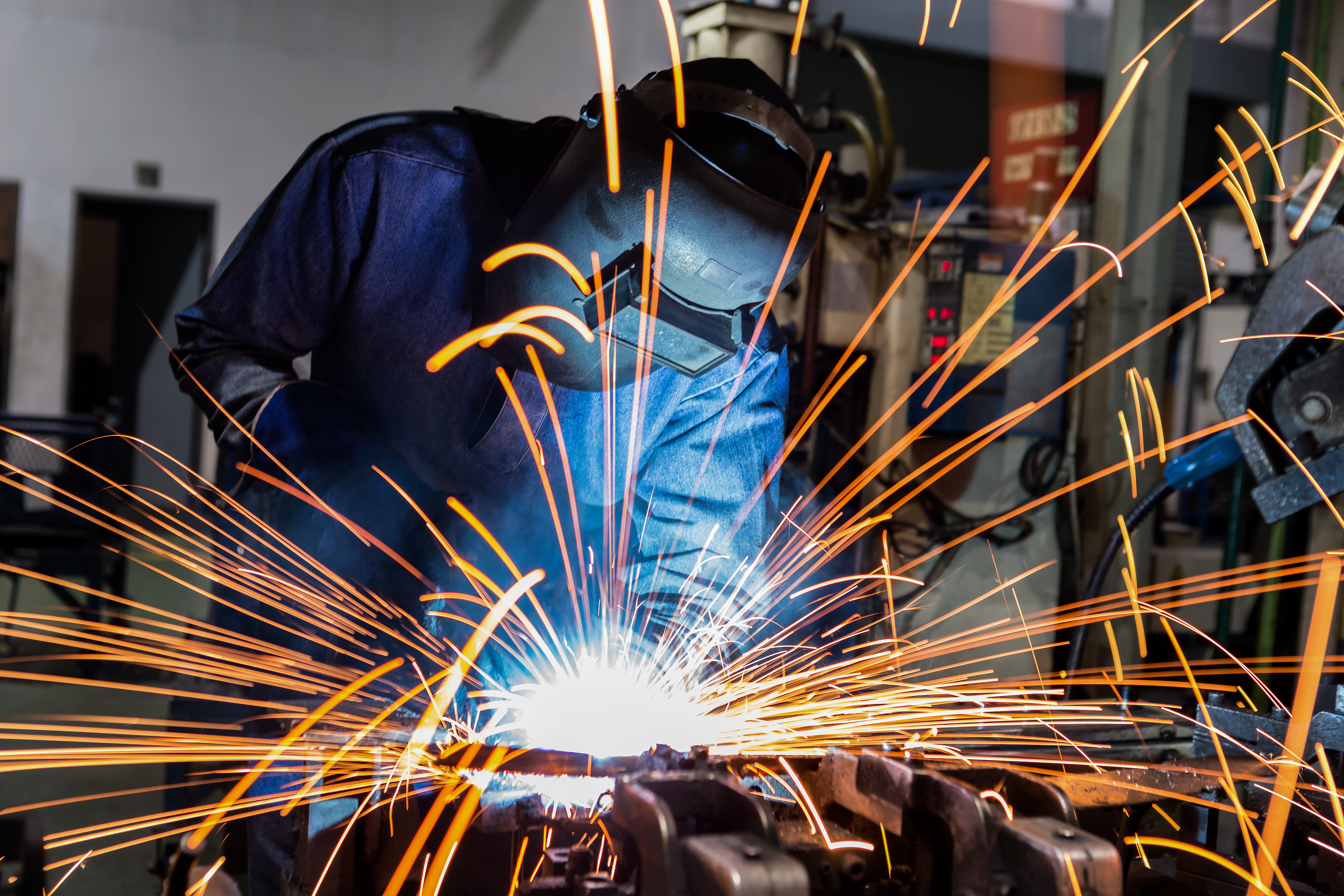In February 2019 the UK Health and Safety Executive tightened up the requirement to protect workers from welding fume. The move came in response to new research that identified mild steel welding as a cause of lung and possible kidney cancer.
 Welding is a very energetic process that produces a range of compounds, many of which are extremely harmful, such as highly reactive free radicals that can damage any tissue they come into contact with. But the most damaging of all the welding emissions are the metal particulates. Our bodies are adapted to deal with carbon-based dusts such as pollen but they cannot guard against the lasting damage caused by metal dusts, which can permanently disrupt the lungs’ natural protection and leave people wide open to dangerous infections.
Welding is a very energetic process that produces a range of compounds, many of which are extremely harmful, such as highly reactive free radicals that can damage any tissue they come into contact with. But the most damaging of all the welding emissions are the metal particulates. Our bodies are adapted to deal with carbon-based dusts such as pollen but they cannot guard against the lasting damage caused by metal dusts, which can permanently disrupt the lungs’ natural protection and leave people wide open to dangerous infections.
HSE’s revised expectations now place a requirement on employers to take special measures to protect workers exposed to welding fume of all types, because general ventilation does not achieve the necessary control.
All welding generates a range of gases and particulates, with different types of welding and different materials generating a variety of potential health hazards.
For instance, gas welding produces nitrogen dioxide, inhalation of which can result in pulmonary oedema, while inhaling the fume from electric arc welding can lead to chronic cough and bronchitis. Welding zinc-coated or galvanised steel can cause zinc fume fever, which is linked to coronary heart disease, while welding stainless steel generates hexavalent chromium, which can result in lung cancer. Asthma is a particular risk when welding polyurethane coated steel or pipes. In addition, many welding applications release neurotoxic metals such as aluminium, lead and manganese. Manganese exposure can cause a disease similar to Parkinsons, for example.
HSE’s bulletin (STSU1 – 2019) says businesses should take the following action to mitigate the risks posed by welding:
- Make sure exposure to any welding fume released is adequately controlled using engineering controls, typically local exhaust ventilation (LEV).
- Make sure suitable controls are provided for all welding activities, regardless of duration. This includes welding outdoors.
- Where engineering controls alone cannot control exposure, then adequate and suitable respiratory protective equipment (RPE) should be provided to control the risk from any residual fume.
- Make sure all engineering controls are correctly used, suitably maintained and are subject to thorough examination and test where required.
- Make sure any RPE is subject to an RPE programme, which encapsulates all the elements of RPE use necessary to ensure that RPE provides effective protection.


